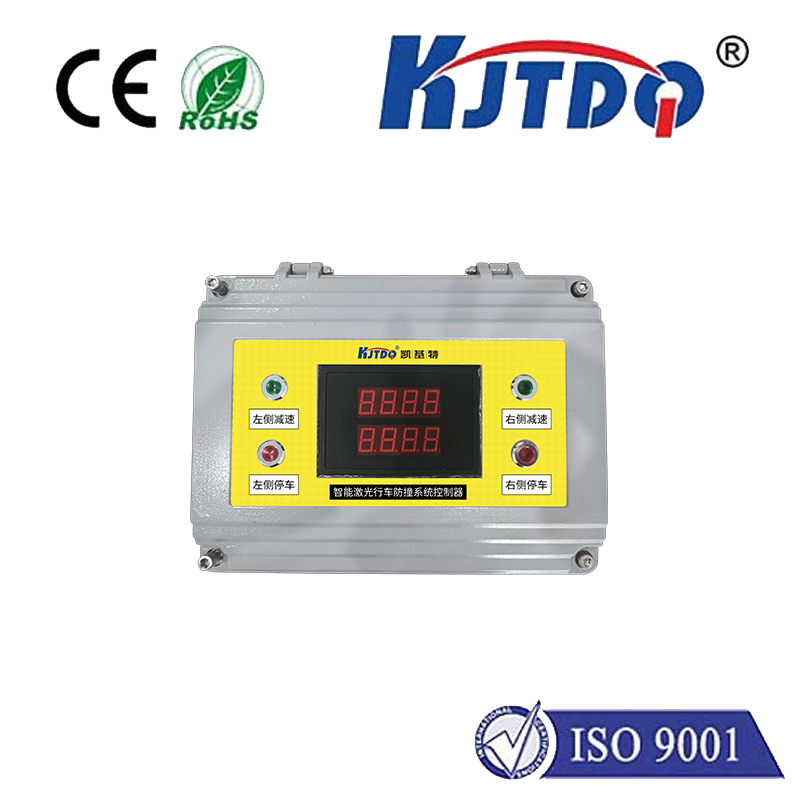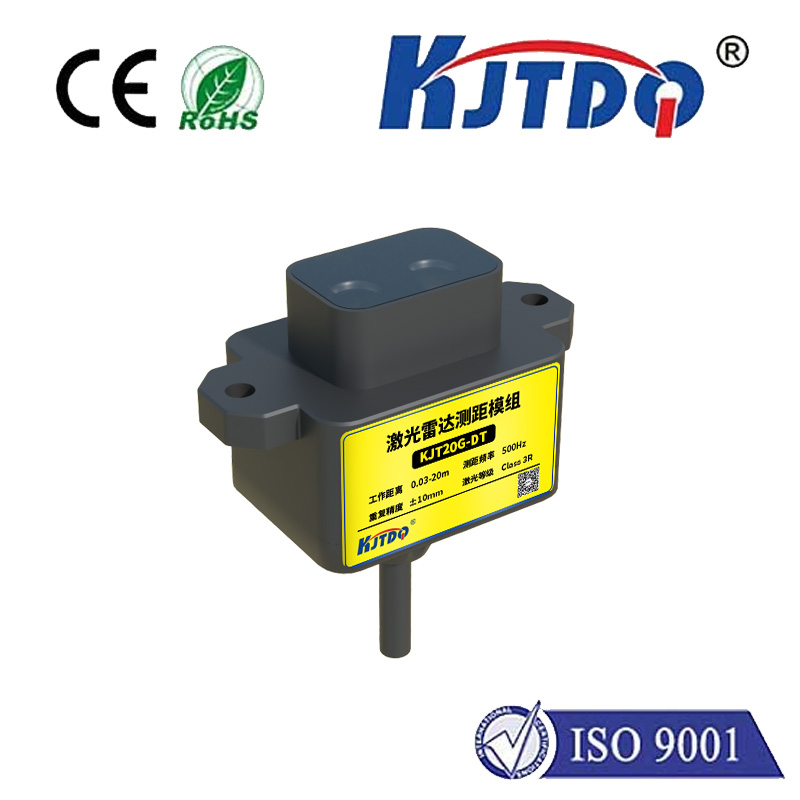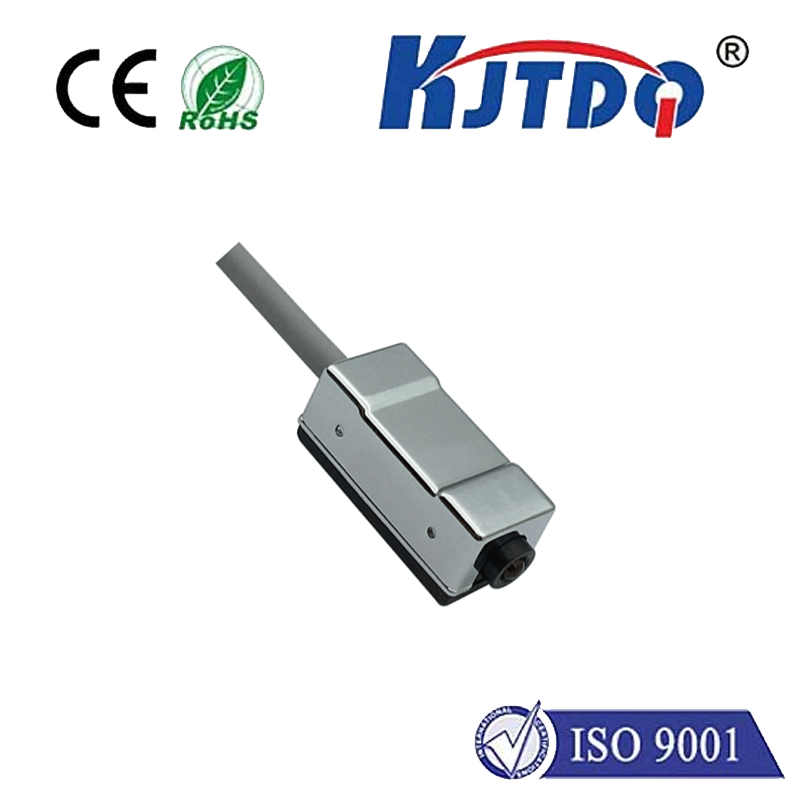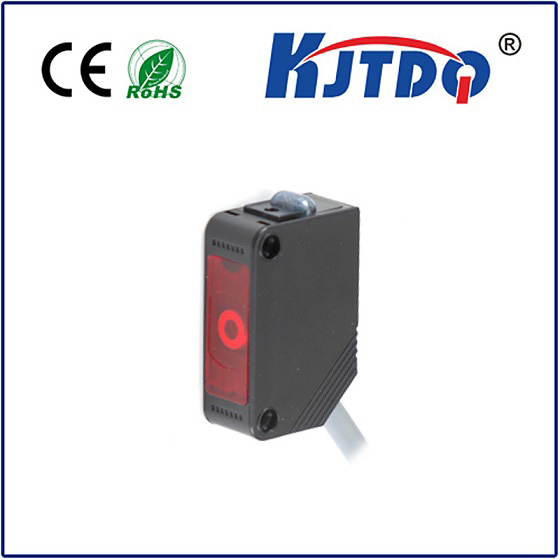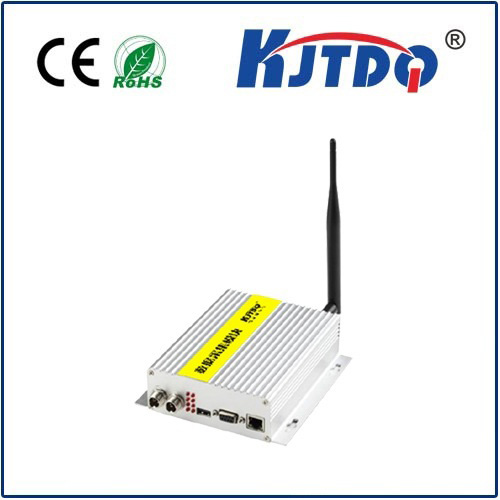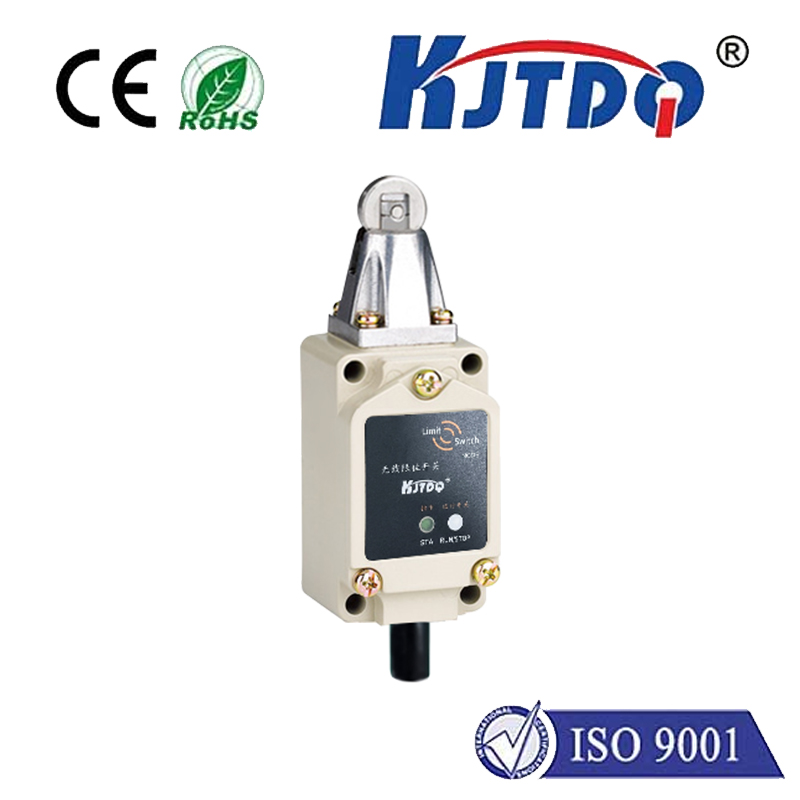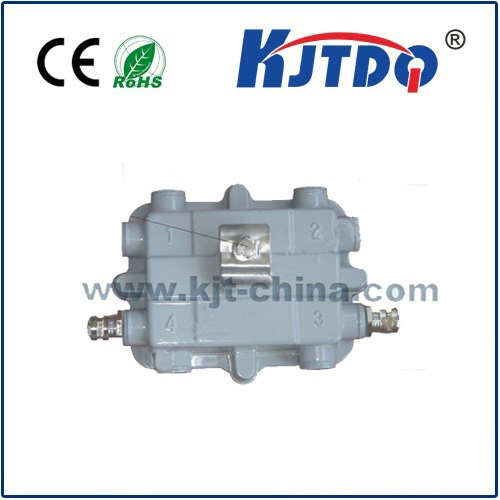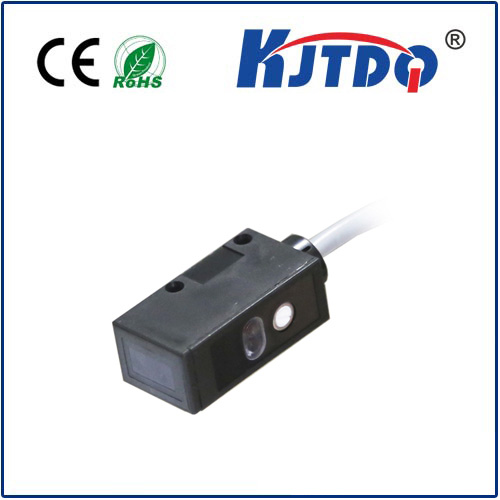proximity pnp sensor
- time:2025-09-07 01:28:11
- Нажмите:0
Proximity PNP Sensors: The Unsung Heroes of Precise, Positive Switching Automation
Ever wondered how a robotic arm knows precisely when to stop moving towards an object, or how an assembly line senses a metal part’s arrival without physical contact? The answer often lies in a remarkably reliable and widely used component: the Proximity PNP Sensor. While proximity sensors come in various technologies (inductive, capacitive, ultrasonic), their output configuration is crucial for seamless integration into control systems. PNP outputs stand out as the preferred choice in numerous industrial scenarios, offering robustness and simplified wiring. Understanding the “PNP” designation – signifying a particular transistor switching configuration – unlocks their significant advantages for modern automation.
Decoding the “PNP” in Proximity Sensors
At its core, a proximity sensor detects the presence or absence of an object within its sensing range. The inductive type, most common for metals, generates an electromagnetic field. A metallic target entering this field induces eddy currents, altering the sensor’s internal oscillation, which is then converted into an electrical signal. The output stage determines how this signal interacts with the control system (like a PLC - Programmable Logic Controller).
- PNP Output (Sourcing): A PNP proximity sensor acts as a current source. When the sensor detects a target (its active state), it switches the output transistor ON, connecting the positive voltage supply (V+ or +24VDC) to the output signal wire. This effectively sources current from the positive supply to the load (e.g., PLC input) connected to the output wire. Think of it as providing the positive voltage when active. This is also termed “positive switching”.
- NPN Output (Sinking): In contrast, an NPN sensor acts as a current sink. When active, it switches the output transistor ON, connecting the output signal wire to the negative supply or ground (0V). It sinks current from the load into the ground path. This is “negative switching”.
This fundamental difference, grounded in the physics of the bipolar junction transistor (BJT) used in the output stage, dictates how the sensor connects within the control circuit.
Why Choose a Proximity PNP Sensor? Key Advantages

The prevalence of PNP proximity sensors in factory automation, particularly in regions like Europe and increasingly globally, isn’t accidental. It stems from compelling benefits:
- Simplified Wiring & Standard PLC Inputs: Most modern PLCs and controllers are designed with inputs that expect a positive voltage signal relative to common (0V). Connecting a PNP sensor to these inputs is inherently straightforward: the sensor output wire goes directly to the PLC input, and the sensor common wire connects to the PLC’s common (0V). No extra components like pull-up resistors are typically needed.
- Enhanced Safety Perception: PNP sensors offer a significant safety-related advantage. When the sensor output is inactive (no target detected), the output wire is essentially disconnected or floating. In a properly designed safety circuit (where an open wire signifies a safe state), an inactive PNP sensor inherently creates an open circuit. This aligns with fail-safe principles in many applications. An inactive NPN sensor, however, connects its output to ground (0V), which, without careful design, could be misinterpreted as an active state by certain systems.
- Reduced Error Potential: The direct compatibility with standard PLC wiring reduces the chances of errors during installation or maintenance. Technicians are less likely to miswire a system where the sensor provides the active signal as a positive voltage.
- Robustness in Noisy Environments: While both types can be susceptible to electrical noise, the sourcing nature of PNP outputs can sometimes be advantageous in mitigating ground loop issues common in industrial settings, contributing to reliable signal transmission.
- Clear Signal State: The positive voltage output aligns intuitively with the concept of an “ON” or “TRUE” state in control logic (e.g., PLC ladder logic is often HIGH=true).
Implementing PNP Proximity Sensors: Wiring & Considerations
Proper installation is key to realizing the benefits of any sensor, including proximity PNP types. The standard configuration uses three wires:
- Brown Wire: Connect to the positive supply voltage (typically +24VDC).
- Blue Wire: Connect to the common ground (0V).
- Black Wire: The output signal wire. This provides the +24VDC when the sensor is active.
Critical installation practices include:
- Stable Power Supply: Ensure a clean, regulated DC supply within the sensor’s specified voltage range. Voltage spikes or drops can cause malfunctions.
- Correct Load Connection: The sensor’s black output wire connects to the input terminal of your PLC or controller load. The PLC input’s common terminal connects to 0V (the same as the sensor’s blue wire).
- Protection Against Reverse Polarity & Short Circuits: Many modern proximity sensors feature built-in protection, but it’s always prudent to feed power through appropriately rated fuses or circuit breakers.
- Cable Routing: Avoid running sensor cables parallel to high-current AC power lines to minimize electrical noise interference. Use shielded cables if necessary, grounding the shield correctly at one end.
- Correct Sensing Range: Adhere strictly to the sensor’s rated operating distance (Sn). Mounting too close or too far reduces reliability. Consider factors like target material, size, and mounting orientation as specified.
Where Proximity PNP Sensors Shine: Common Applications
Due to their reliability and safety advantages, PNP proximity sensors are ubiquitous across diverse sectors:
- Manufacturing & Assembly Lines: Detecting the presence, position, or absence of parts on conveyors, in fixtures, or during robotic handling (e.g., confirming a part is in place before welding commences). Their robustness in harsh factory environments is critical.
- Packaging Machinery: Verifying product presence in cartons, counting items, controlling filling levels, and detecting end-of-roll on wrapping materials.
- Material Handling (AGVs, Conveyors): Position sensing for automated guided vehicles, end-of-travel detection on conveyors, pallet presence verification.
- Автомобильная промышленность: Used extensively in robotic welding cells, paint shops (detecting vehicle bodies), engine assembly, and component testing stations.
- Станки: Tool presence/absence detection in spindles or tool changers, workpiece positioning on lathes and mills.
- Safety Interlocks: While dedicated safety sensors exist, standard PNP sensors are often used in non-critical safety gates or door monitoring due to their inherent open-circuit inactive state.
Making the Right Choice: PNP, NPN, or Something Else?
Selecting between PNP and NPN depends fundamentally on your control system’s input requirements:
- Choose PNP: If your PLC/controller inputs are designed to accept a sourcing signal (positive voltage switched to the input).
- Choose NPN: If your PLC/controller inputs are designed to accept a sinking signal (input is switched to ground/0V).
Always consult your PLC manual! Mismatched sensor outputs can lead to the PLC input failing to detect the signal correctly or, worse, potential damage. Beyond the output type, also consider:
- Sensing Technology: Inductive (metal targets), Capacitive (metal/non-metal, liquids, powders), Ultr

